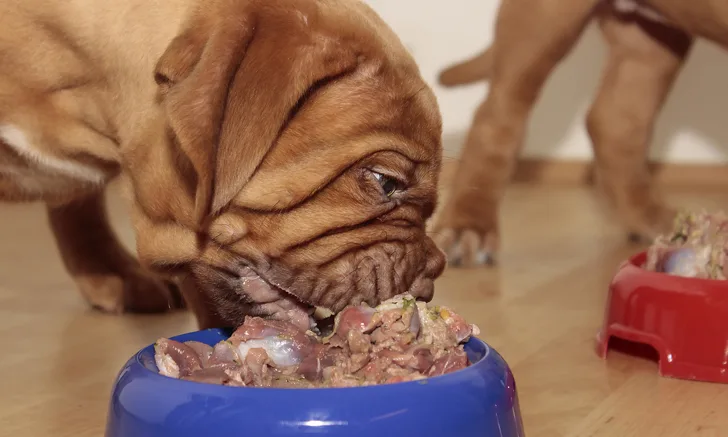Zoonotic Concerns and Raw Diets
J. Scott Weese, DVM, DVSc, DACVIM, FCAHS, University of Guelph, Ontario, Canada

Raw meat-based diets (RMBDs) can be homemade (eg, biologically appropriate raw food diet) or available commercially. Commercial RMBDs are typically frozen or freeze-dried, but some are available as fresh, refrigerated products, and others can look like regular dry food (eg, diets with a raw meat coating); there is also a variety of raw-dried or freeze-dried treats. When a client mentions feeding a RMBD, consider the following:
In General
There are no scientific studies supporting the health benefits claimed by RMBD proponents.
Numerous studies have shown potential health risks: nutritional imbalances, potential ingestion of bones, diet-induced hyperthyroidism, and bacterial infection.1,2
RMBD and raw animal-based treats have an inherent risk for bacterial contamination, with Salmonella spp contamination rates between 20% to 48% for RMBDs.3-8
Other bacteria identified in RMBDs include Escherichia coli O157:H7, Campylobacter spp, and Listeria spp.6,9
Raw food-associated infections in pets have been diagnosed, and pet-treat–associated salmonellosis in humans has been reported.10-16
It may be prudent to consider the potential for public health risk.
Consider reports of disease in humans and animals—along with potentially high rates of pathogens (eg, Salmonella spp) in the feces of pets fed RMBDs.
Methods to eliminate or reduce pathogens (eg, irradiation, high-pressure pasteurization) are available and have been used by some manufacturers.
Irradiation should eliminate some pathogen risk, whereas high-pressure pasteurization may eliminate or reduce bacterial burdens.
Clinicians should collect a detailed diet history for all patients at every visit—including pet food, treats, table food, rawhides, dietary supplements, and foods used to administer medications.
This is also important for the client’s health.
Human Health
For the physician, if a patient has signs compatible with infectious disease, the types of pets or animals in contact with the patient, as well as their diets, should be discussed.
This can help to identify potential sources of infection.
Although infection can occur from any pet food, it is more likely to occur when owners feed RMBDs or treats.
Note: Dr. Weese is editor in chief of Clinician’s Brief.